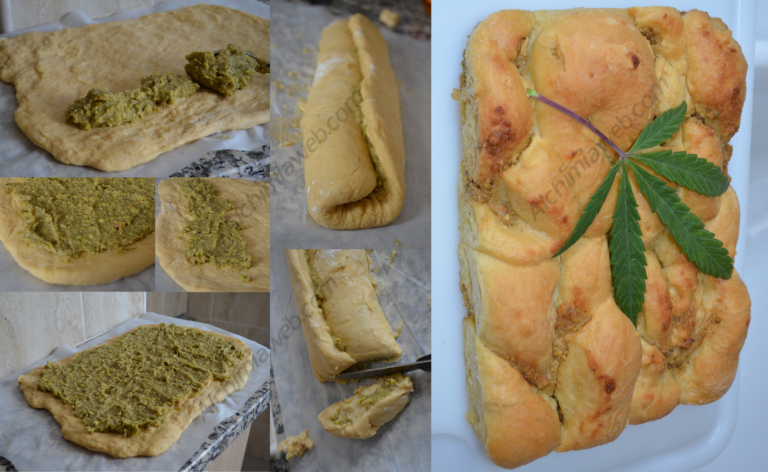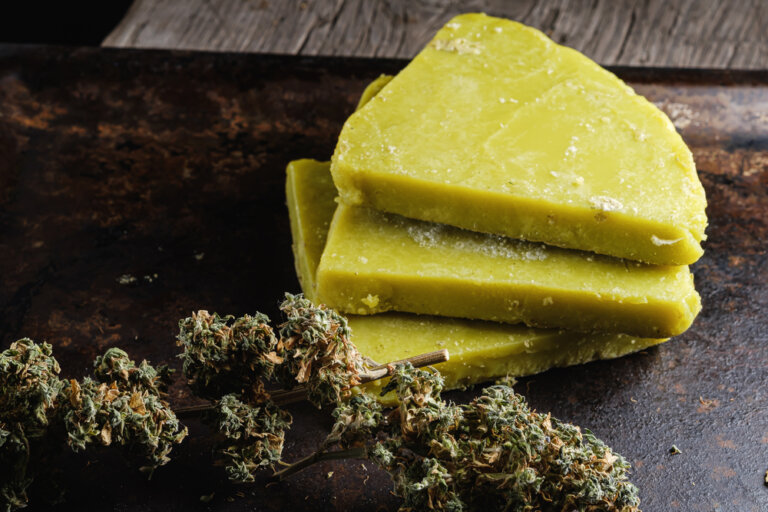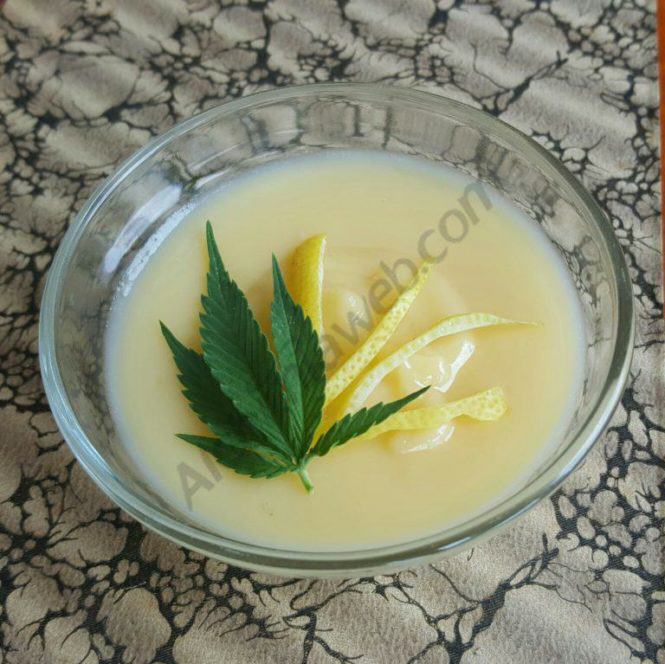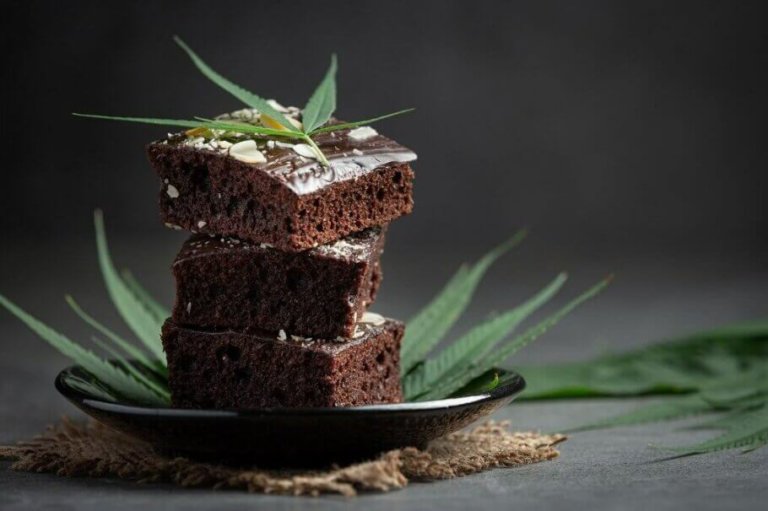Recipe of vegan cannabis butter with coconut oil
List of contents
More and more people are looking for ways to enjoy cannabis-infused cuisine without resorting to animal-derived ingredients. Vegan cannabis butter with coconut oil has emerged as a healthy, ethical, and delicious alternative to the classic Marrakech butter. In addition to being perfect for those following a plant-based diet or those with lactose intolerance, coconut oil offers excellent properties for cannabinoid extraction. What's more, it provides a smooth texture and an exotic flavor that pairs perfectly with sweet or savory recipes.
Today, we'll show you how to make this butter step by step, easily and simply. Let's get started!

Why use coconut oil for cooking with cannabis?
The choice of coconut oil as a butter substitute for cooking cannabis primarily responds to the need to use plant-based ingredients. Traditional butter, which comes from cow's milk, is excluded from vegan diets, so we won't always be able to share our cannabis treats if they contain animal products. In addition to these ethical considerations, this preparation also meets the needs of people with lactose intolerance.
There are other plant materials besides coconut oil, but coconut oil has qualities such as being much less toxic than cooked butter, as well as having less significant impact on nature than the production of palm oil and its derivatives. Coconut oil is actually composed of 85% saturated fat, which ensures excellent cannabinoid extraction. Furthermore, it can be cooked without generating dangerous free radicals, as other fats do.

This oil is made from the albumen of the coconut kernel, which is the nutrient reserve of the coconut seed. Coconut oil is treated and refined through various processes depending on its intended use: Monoï, margarine, soap, and cosmetics. For cooking, we prefer to choose an oil from untreated organic cultivation (some coconut oils, for example, are deodorized, which involves manipulation and modification of the fatty acid content that can limit its qualities).
Cannabis Coconut Oil
The preparation is simple and identical to that of Marrakech butter: we will prepare a large pot of water, the weed and the coconut oil before starting the operation.
The effects produced by the oil are difficult to predict because they depend on the quality of the weed used, its active ingredient content, and the method of preparation. However, some guidelines are accepted, depending on the material used:
- For a physical effect and an oil that contains more CBD than THC, use plant material with little or no resin. In this case, we generally cook 1 gram of cannabis per gram of oil.
- For a more cerebral and noticeable effect, use 1 gram of resinous flowers or hashish for 5 grams of coconut oil.

Preparing cannabis butter with coconut oil
Unless you're cooking with fresh material, it's advisable to properly rehydrate dried cannabis in a pot of water to prevent it from absorbing all the fat. In this example, we used buds previously sifted with the Tan Tam extractor to try to recycle this plant material, which still contains cannabinoids.
Once the herb is moist, we'll heat the contents of the saucepan, maintaining a rolling boil. We recommend letting the herb steep for a few minutes, then draining it and discarding the water before refilling the container. This will bleach the herb, which will lose some of its chlorophyll, resulting in a lighter-colored butter with a milder flavor that's more easily digestible. This process can be repeated several times if necessary, as water doesn't dissolve the trichome.
If the flowers used have already been previously dried, they will have lost their chlorophyll, and it will not be necessary to bleach the weed; you can add the fatty material directly (which is equally valid if you use resin).

Cooking coconut oil and cannabis
Below 25°C, coconut oil is in solid form, so we'll need to heat it in a double boiler to liquefy it, although it's also possible to manipulate it with a spoon. Cover and let it simmer for 1.5 to 2 hours, stirring the contents regularly to ensure optimal contact between the coconut oil and the weed.
Finally, we'll filter the weed material liquid before it cools. Although the plant material has been rehydrated, it will generally contain a large amount of oil. Don't hesitate to squeeze it through a kitchen cloth or even an Ice O Lator bag to recover as much of the fat as possible. Once it has cooled, the oil will rise to the surface and solidify. Simply remove the fat block and store it, preferably in the refrigerator, since coconut has excellent oxidation resistance and will not turn rancid like butter.
Enjoy your meal!

















